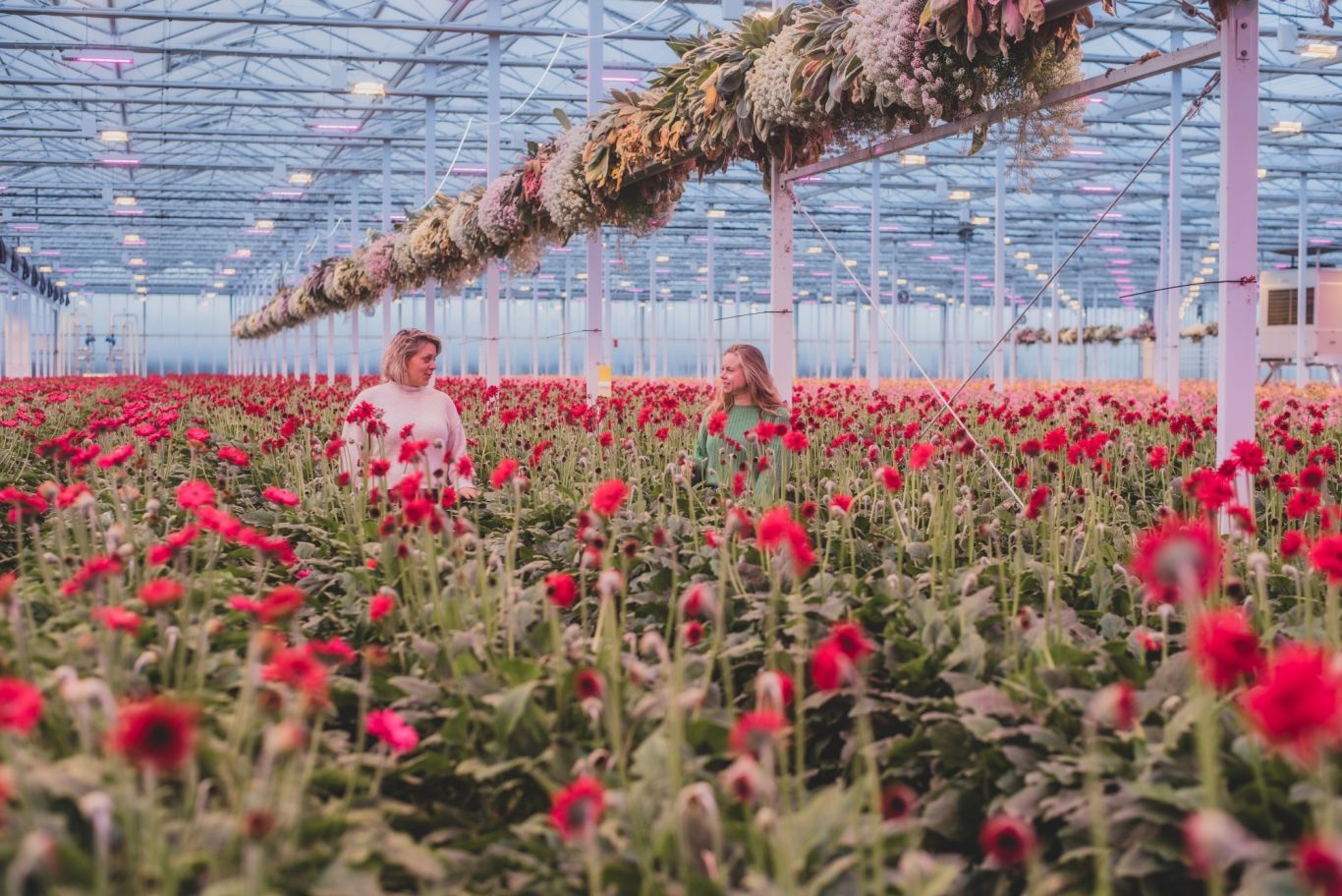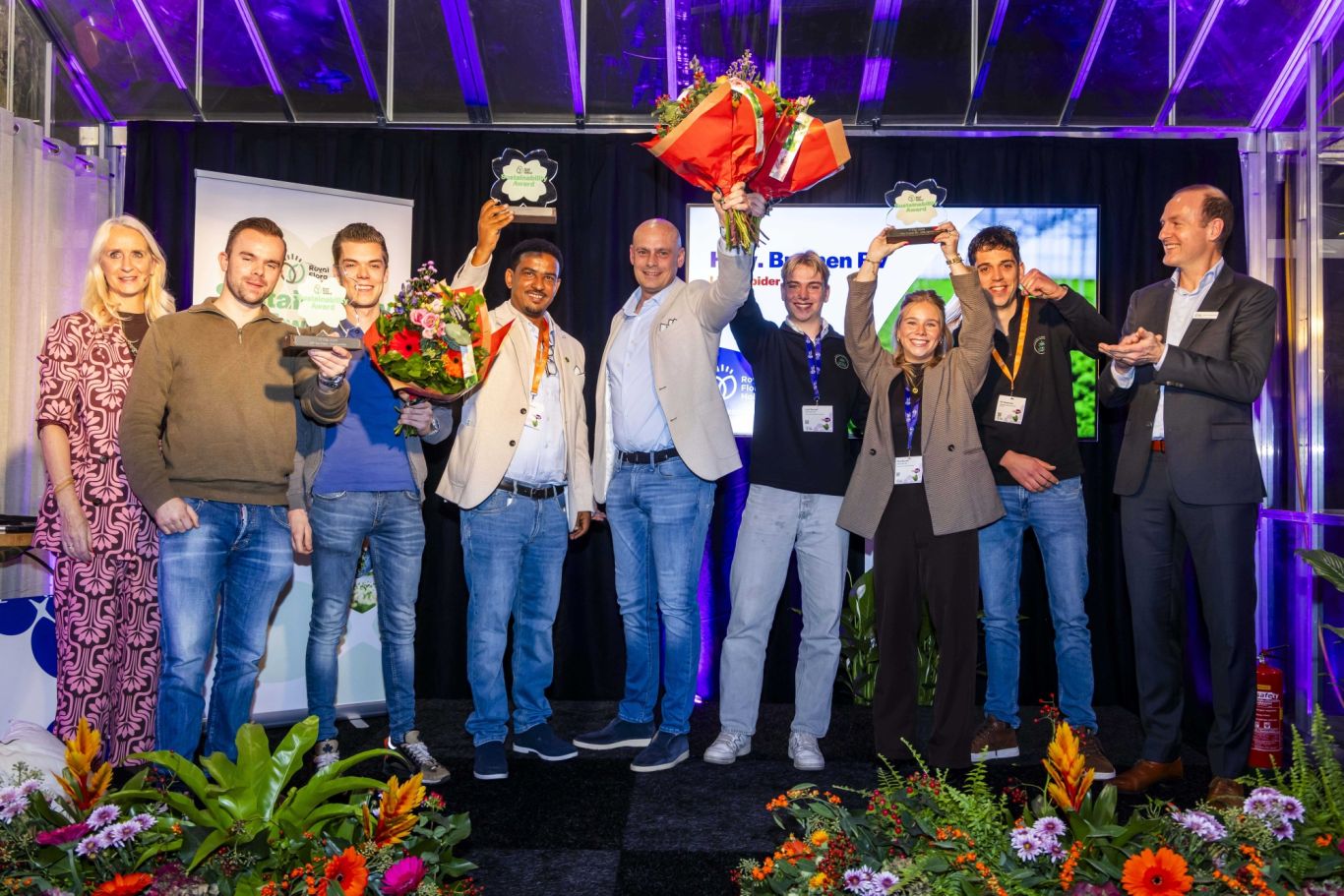How growers can contribute to better water quality
September 15, 2025

By the end of 2027, the Netherlands must comply with the Water Framework Directive (WFD). This is a European directive that sets requirements for water quality. The quality of Dutch surface water is currently inadequate. Growers can contribute to better water quality. How exactly? Stijn van Boxmeer, water board member at the Delfland Water Board, explains.
Stijn van Boxmeer does not beat around the bush: as the person responsible for water quality in Delfland, the greenhouse horticulture sector is his main focus. 'At the water board, we are working to ensure clean, healthy and living water. This is so that we can swim in it, for example, and improve the habitat for aquatic plants and fish. Unfortunately, in Delfland we are still measuring excessive amounts of fertiliser and crop protection products in the water.‘
Not efficient, but negligent
This is usually due to leaks or runoff from the yard, Stijn continues. ’Sometimes without the growers themselves realising it. Efficient discharge rarely, if ever, occurs anymore. But it may be that growers are negligent. For example, when substrate mats leak near surface water during crop rotation. There are a total of seven factors that we say serious entrepreneurs should have in place. Growers can also be held accountable for this.
Water quality important for RFH
Together with Royal FloraHolland, the Delfland Water Board is working to make growers (more) aware of the importance of water quality and their own role in this. Delfland's approach also applies to other water boards in the Netherlands that face similar challenges. Water quality is an important issue for Royal FloraHolland. In the future, water quality will even become a so-called licence to produce. This means that growers' activities may be restricted if they have a negative impact on water quality and (continue to) exceed standards.
Measuring at ditch level
This is partly possible because the Delfland Water Authority is mapping the situation in ever greater detail. ‘Previously, we mapped the quality of the entire Delfland area,’ says Stijn. 'Then it was easy to say, “I'm doing it right.” Then the area was divided into 26 greenhouse horticulture areas, allowing us to map the water quality for each polder. We now measure at the ditch level, so we can better alert growers to any leaks. Growers appreciate this. They feel helped and know exactly where to look.'
Doubt yourself
Stijn calls on growers to have “healthy doubt” about their own actions. 'Ask yourself: is nothing really leaking or running off my land? Have you heard about standards being exceeded in your polder and have you used the product yourself? Then check your business again. If you have any doubts, we can help you. For example, you can call in a Water Coach, who is an advisor who helps you map your water flows. Ultimately, it is important that entrepreneurs demonstrate that they are clean. And to join forces with fellow polder residents, so that together you can ensure a clean polder."
Clean together
This cooperation is important, says Stijn. 'When assessing the WFD, the EU does not look at individual entrepreneurs, but at the entire polder or the entire Delfland area. This can lead to measures being imposed on the entire polder or area. So it is best to demonstrate that you are clean. Not so much because the WFD deadline is approaching, but out of an intrinsic motivation to make the water cleaner and keep it clean. This can be achieved through good business practices, combined with regular measurements. And by asking for help. We would rather help growers now than find out afterwards that someone could have used help."
Emission-free cultivation is possible
Stijn concludes with the following words: ‘In addition to innovations and pilots, Delfland is focusing on stricter supervision and enforcement for those who are lagging behind. Those who pollute will pay the price. The sector has a duty of care to ensure a clean and healthy living environment around the greenhouse. With Delfland's knowledge, the sector can set to work itself to show that emission-free cultivation is possible.’
More information on this topic
• 10 practical tips on LTO's emission reduction sprint: Emission reduction sprint
• Rabobank podcast on water quality in greenhouse horticulture: Water quality in greenhouse horticulture deserves attention
-
Did you find this interesting?
Then share this article


